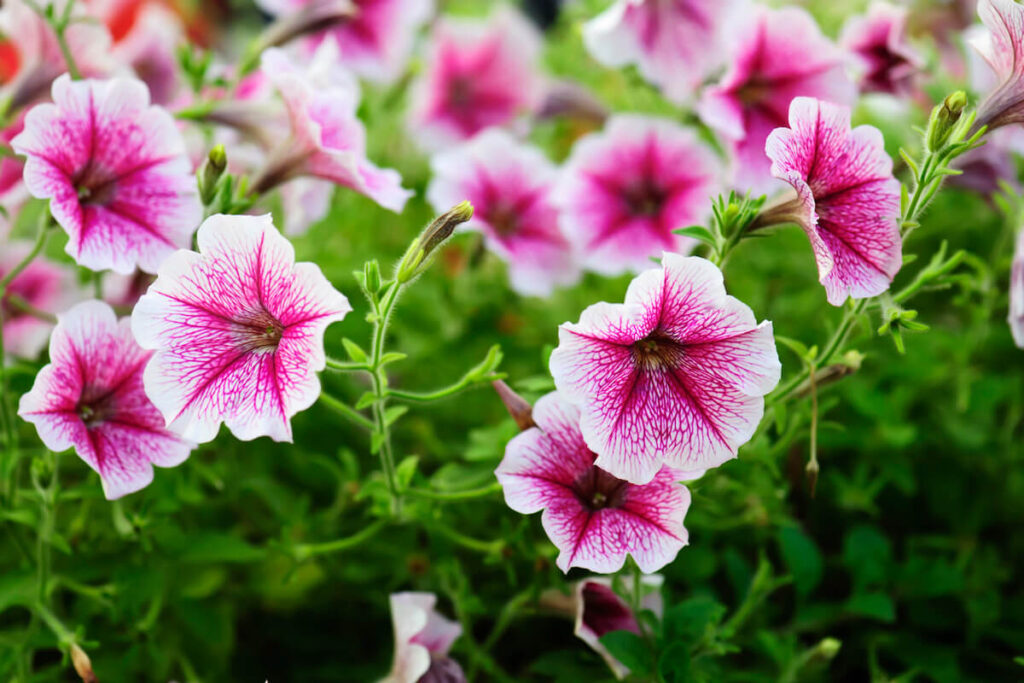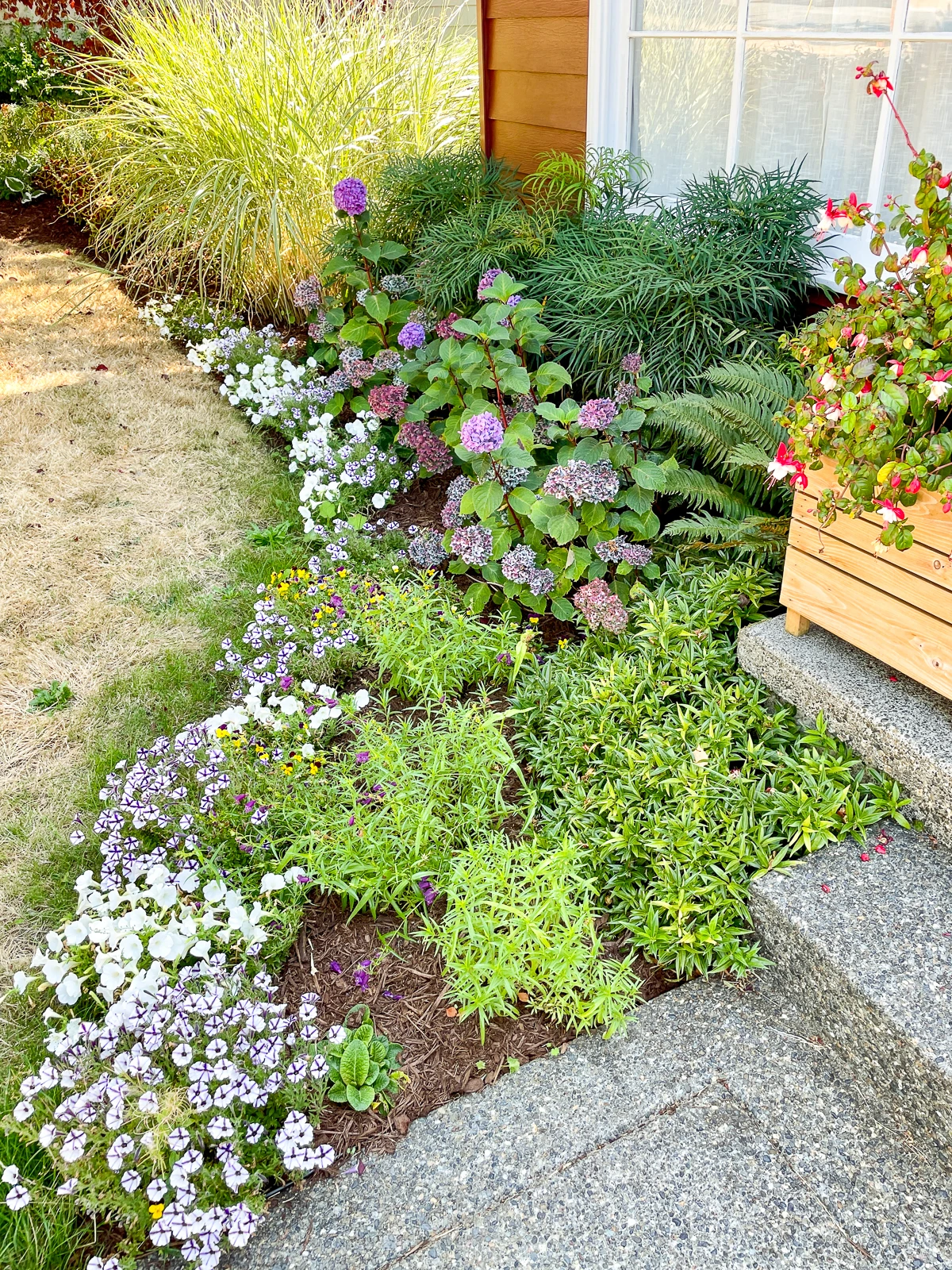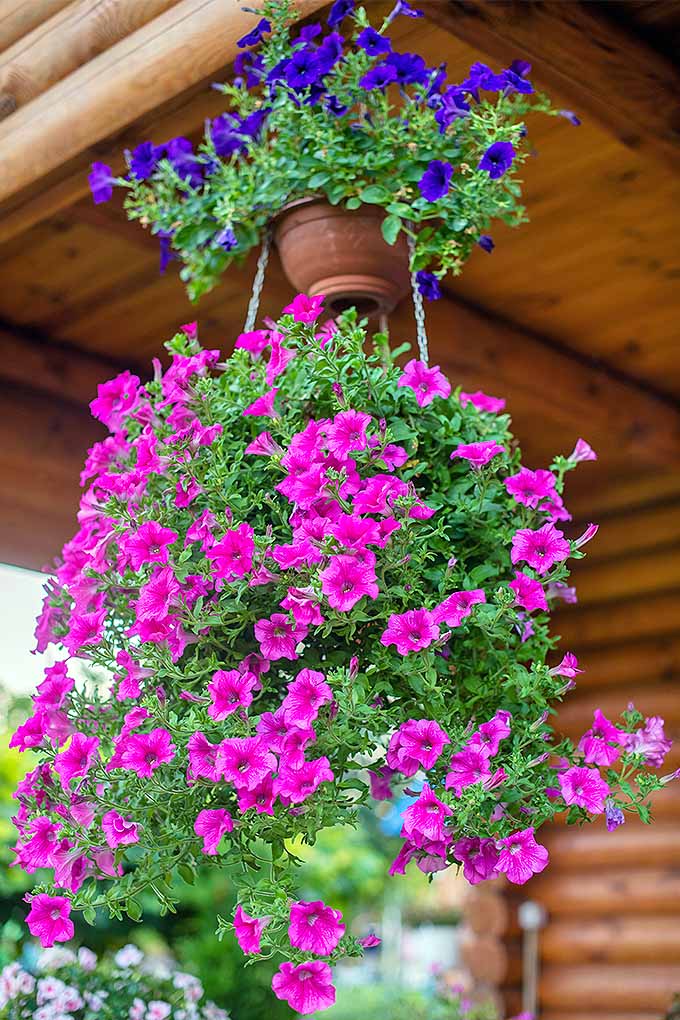Choosing the Right Location for Your Petunias
When it comes to planting petunias in the ground, selecting the right location is crucial for their growth and success. Petunias require a spot that receives full sun to partial shade, depending on the variety. A location with at least six hours of direct sunlight per day is ideal. However, if you live in a warmer climate, it’s best to provide some afternoon shade to prevent scorching.
In addition to sunlight, the soil type and quality also play a significant role in the health and well-being of your petunias. Petunias prefer well-draining soil that is rich in organic matter. If your soil is heavy clay or sandy, consider amending it with compost or well-rotted manure to improve its structure and fertility.
To assess the sunlight and soil conditions in your garden, take a few moments to observe the area where you plan to plant your petunias. Note the direction of the sun and the amount of shade the area receives throughout the day. Also, perform a simple soil test to determine the pH level and nutrient content of your soil.
By choosing a location with the right amount of sunlight and soil type, you’ll be able to create an ideal environment for your petunias to thrive. This will help ensure that your petunias receive the necessary conditions to grow and flourish, making it possible to plant them in the ground with confidence.
For those wondering, “can you plant petunias in the ground?” the answer is yes, but it’s essential to choose a location that meets their specific needs. By doing so, you’ll be rewarded with a vibrant display of colorful blooms that will add beauty and charm to your garden.
Preparing the Soil for Planting Petunias
Once you’ve selected the perfect location for your petunias, it’s time to prepare the soil for planting. This step is crucial in ensuring that your petunias receive the necessary nutrients and support for healthy growth. To prepare the soil, start by removing any debris, rocks, or weeds that may be present.
Add a 2-inch layer of organic matter such as compost or well-rotted manure to the soil. This will help improve the soil’s structure, fertility, and drainage. If your soil is heavy clay or sandy, consider adding a soil conditioner to improve its texture.
Next, check the pH level of your soil using a soil testing kit. Petunias prefer a slightly acidic to neutral soil pH, ranging from 6.0 to 7.0. If your soil is too acidic or alkaline, adjust the pH level by adding lime or sulfur according to the manufacturer’s instructions.
Finally, till the soil to a depth of 8-10 inches to loosen and aerate it. This will help the roots of your petunias grow deeper and stronger, allowing them to absorb more nutrients and water.
By preparing the soil properly, you’ll be able to create an ideal environment for your petunias to thrive. This is especially important if you’re wondering “can you plant petunias in the ground?” and want to ensure that your petunias receive the best possible start.
Some additional tips to keep in mind when preparing the soil for petunias include:
- Avoid using fresh manure, as it can burn the roots of your petunias.
- Don’t over-till the soil, as this can damage the soil’s structure and cause erosion.
- Consider adding a balanced fertilizer to the soil according to the manufacturer’s instructions.
By following these tips and preparing the soil properly, you’ll be able to give your petunias the best possible start and enjoy a beautiful display of blooms all season long.
How to Plant Petunias in the Ground
Now that you’ve prepared the soil and chosen the perfect location for your petunias, it’s time to plant them in the ground. Planting petunias is a relatively straightforward process, but it does require some care and attention to detail.
Start by digging a hole that is about 12-18 inches deep and 18-24 inches wide. The hole should be slightly larger than the root ball of the petunia plant. If you’re planting multiple petunias, space them about 12-18 inches apart.
Gently remove the petunia plant from its container and loosen the roots on the bottom and sides of the root ball. This will help the roots grow outward and establish themselves in the soil more quickly.
Place the petunia plant in the hole and add a handful of fertilizer to the soil. You can use a balanced fertilizer that is specifically formulated for flowering plants. Follow the instructions on the fertilizer package for the recommended application rate.
Fill the hole with soil, gently firming it around the roots as you go. Make sure the soil is at the same level as it was in the container. Water the soil thoroughly to settle it around
How to Plant Petunias in the Ground
Now that you’ve prepared the soil and chosen the perfect location for your petunias, it’s time to plant them in the ground. Planting petunias is a relatively straightforward process, but it does require some care and attention to detail.
Start by digging a hole that is about 12-18 inches deep and 18-24 inches wide. The hole should be slightly larger than the root ball of the petunia plant. If you’re planting multiple petunias, space them about 12-18 inches apart.
Gently remove the petunia plant from its container and loosen the roots on the bottom and sides of the root ball. This will help the roots grow outward and establish themselves in the soil more quickly.
Place the petunia plant in the hole and add a handful of fertilizer to the soil. You can use a balanced fertilizer that is specifically formulated for flowering plants. Follow the instructions on the fertilizer package for the recommended application rate.
Fill the hole with soil, gently firming it around the roots as you go. Make sure the soil is at the same level as it was in the container. Water the soil thoroughly to settle it around
How to Plant Petunias in the Ground
Now that you’ve prepared the soil and chosen the perfect location for your petunias, it’s time to plant them in the ground. Planting petunias is a relatively straightforward process, but it does require some care and attention to detail.
Start by digging a hole that is about 12-18 inches deep and 18-24 inches wide. The hole should be slightly larger than the root ball of the petunia plant. If you’re planting multiple petunias, space them about 12-18 inches apart.
Gently remove the petunia plant from its container and loosen the roots on the bottom and sides of the root ball. This will help the roots grow outward and establish themselves in the soil more quickly.
Place the petunia plant in the hole and add a handful of fertilizer to the soil. You can use a balanced fertilizer that is specifically formulated for flowering plants. Follow the instructions on the fertilizer package for the recommended application rate.
Fill the hole with soil, gently firming it around the roots as you go. Make sure the soil is at the same level as it was in the container. Water the soil thoroughly to settle it around
How to Plant Petunias in the Ground
Now that you’ve prepared the soil and chosen the perfect location for your petunias, it’s time to plant them in the ground. Planting petunias is a relatively straightforward process, but it does require some care and attention to detail.
Start by digging a hole that is about 12-18 inches deep and 18-24 inches wide. The hole should be slightly larger than the root ball of the petunia plant. If you’re planting multiple petunias, space them about 12-18 inches apart.
Gently remove the petunia plant from its container and loosen the roots on the bottom and sides of the root ball. This will help the roots grow outward and establish themselves in the soil more quickly.
Place the petunia plant in the hole and add a handful of fertilizer to the soil. You can use a balanced fertilizer that is specifically formulated for flowering plants. Follow the instructions on the fertilizer package for the recommended application rate.
Fill the hole with soil, gently firming it around the roots as you go. Make sure the soil is at the same level as it was in the container. Water the soil thoroughly to settle it around
How to Plant Petunias in the Ground
Now that you’ve prepared the soil and chosen the perfect location for your petunias, it’s time to plant them in the ground. Planting petunias is a relatively straightforward process, but it does require some care and attention to detail.
Start by digging a hole that is about 12-18 inches deep and 18-24 inches wide. The hole should be slightly larger than the root ball of the petunia plant. If you’re planting multiple petunias, space them about 12-18 inches apart.
Gently remove the petunia plant from its container and loosen the roots on the bottom and sides of the root ball. This will help the roots grow outward and establish themselves in the soil more quickly.
Place the petunia plant in the hole and add a handful of fertilizer to the soil. You can use a balanced fertilizer that is specifically formulated for flowering plants. Follow the instructions on the fertilizer package for the recommended application rate.
Fill the hole with soil, gently firming it around the roots as you go. Make sure the soil is at the same level as it was in the container. Water the soil thoroughly to settle it around
How to Plant Petunias in the Ground
Now that you’ve prepared the soil and chosen the perfect location for your petunias, it’s time to plant them in the ground. Planting petunias is a relatively straightforward process, but it does require some care and attention to detail.
Start by digging a hole that is about 12-18 inches deep and 18-24 inches wide. The hole should be slightly larger than the root ball of the petunia plant. If you’re planting multiple petunias, space them about 12-18 inches apart.
Gently remove the petunia plant from its container and loosen the roots on the bottom and sides of the root ball. This will help the roots grow outward and establish themselves in the soil more quickly.
Place the petunia plant in the hole and add a handful of fertilizer to the soil. You can use a balanced fertilizer that is specifically formulated for flowering plants. Follow the instructions on the fertilizer package for the recommended application rate.
Fill the hole with soil, gently firming it around the roots as you go. Make sure the soil is at the same level as it was in the container. Water the soil thoroughly to settle it around








